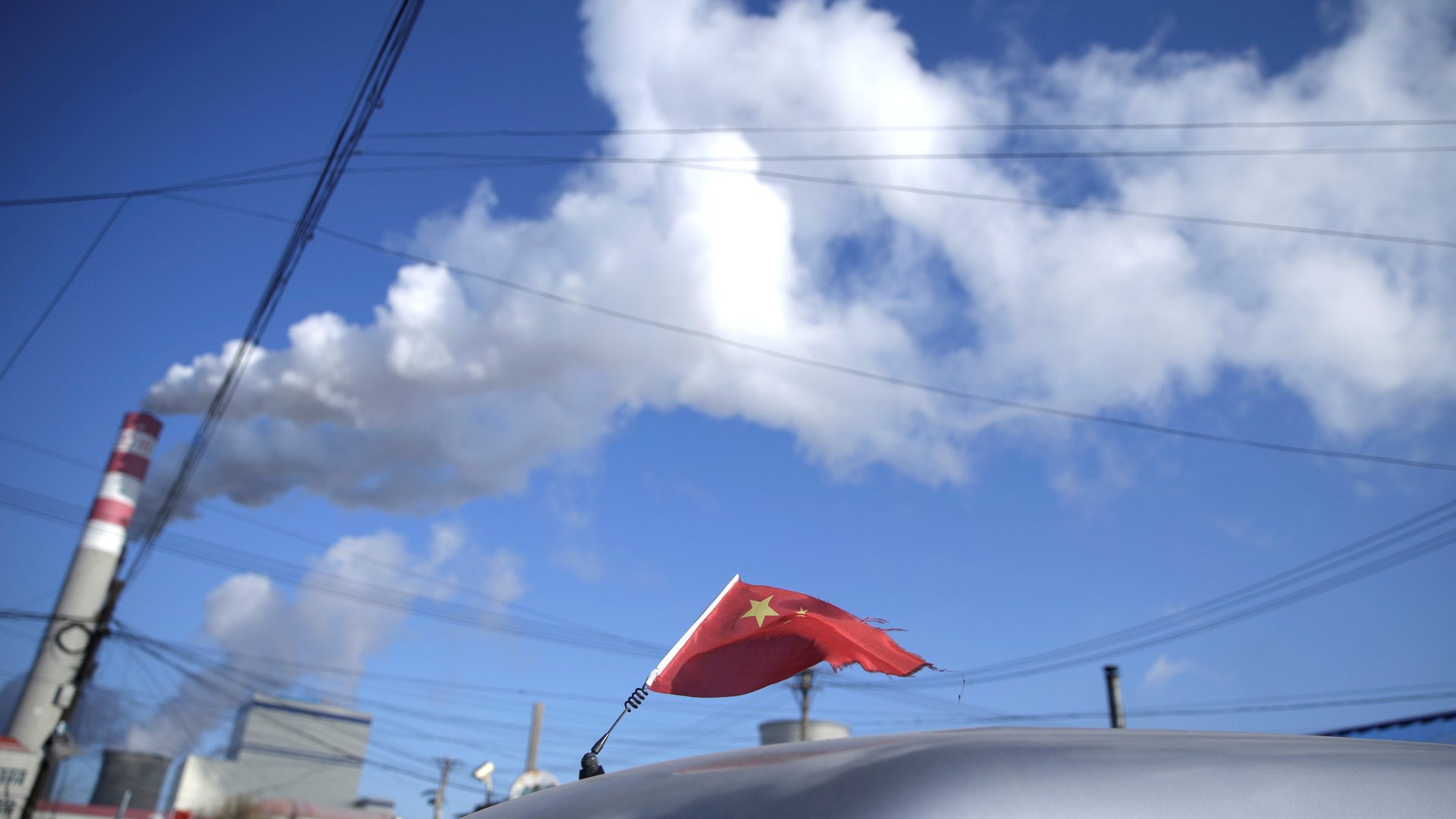China’s new carbon market isn’t designed to fix climate change
China opened the world’s largest carbon trading market on July 16, more than a decade after its government first proposed the idea.


China opened the world’s largest carbon trading market on July 16, more than a decade after its government first proposed the idea.
The market covers about 2,200 power plants that account for 40% of the country’s world-leading carbon footprint, and may expand over time to cover other high-emissions sectors like steel and cement production. Like the European Union’s carbon market, the basic idea is that each plant will be allotted a certain number of carbon pollution permits and have to pay for additional ones if its emissions run over. That cost, in theory, should lead sector-wide emissions to fall.
Trading was brisk on the market’s first day, and on July 19, the price continued to climb. But because of the market’s byzantine structure, it is unlikely to have much of an impact on China’s carbon footprint.
The problems with China’s emissions trading scheme
The biggest difference between China’s carbon market and Europe’s has to do with the total number of permits allocated. In Europe’s system (and in theoretical cap-and-trade markets that have been proposed by US policymakers, economists, and others), there is a cap on the total number of permits, which falls over time. This drives up the carbon price (Europe’s surged to record highs this year), and drives down emissions.
But China’s system doesn’t have a cap at all. Instead, permits are allocated to each plant based on a formula that accounts for how efficiently the plant runs compared to a benchmark for its class, and on how much electricity it produces relative to its maximum capacity. More efficient plants receive more permits, as do plants that run less often. These forces should push plants toward maximum efficiency, and favor newer facilities.
But high-productivity plants could get more permits than they need—essentially getting paid by the government to pollute. And without a cap, there’s nothing to prevent new plants from being built, increasing total emissions.
China’s carbon price is much too low
Moreover, so many permits are allocated that the cost is too low—about one-tenth the EU cost—to matter much. And each plant’s permit requirement is capped at 20% above its original allocation; any emissions beyond that are gratis. In other words, once a plant pays for extra permits equal to 20% of its original allocation, there’s no further cost to pumping out 30, 40 or 100% more. Finally, if a plant owner decides to simply thumb their nose at the system altogether, the fee for non-compliance is only about $4,600—again, too low to matter much.
The upshot is that the emissions market on its own, without numerous tweaks, won’t do much for China’s stated goal to reach peak emissions by 2030, and net zero by 2060. But that doesn’t mean the country is giving up. In China, the electricity sector has always been controlled more by political expediency than by market forces, per se. China’s commitment to its climate goals will really be measured by its willingness to shut down old coal plants and build more renewables.